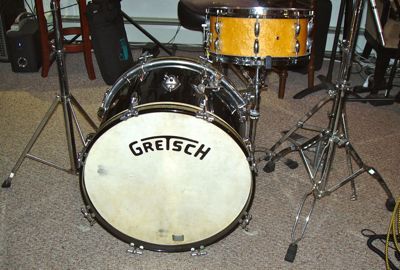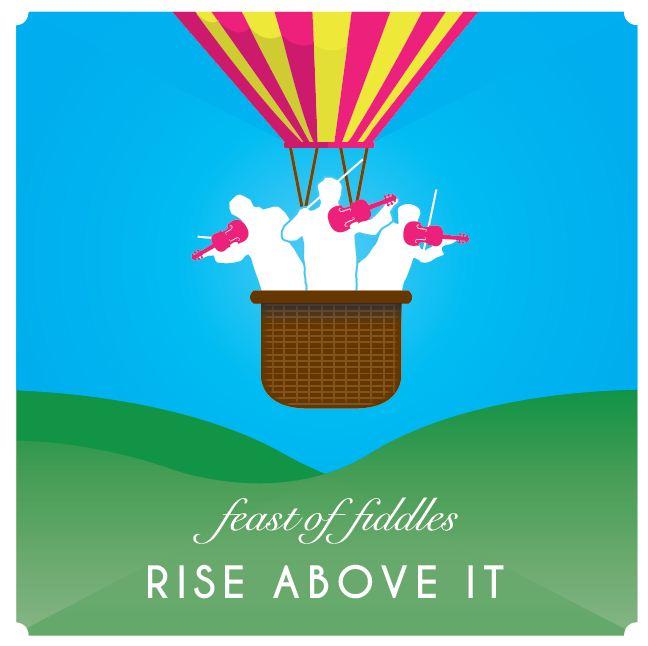
Photo by Mike Barry
January, '14
 If you're a musician who's been in a recording studio over the last ten years or so, nothing here will come as a revelation , but I thought it time to elaborate on the making of "Feast of Fiddles" 'Rise Above It" CD - & also to throw in some pointers about the aesthetics of contemporary recording. To start with the latter, for those of you reading this who don't know, it's {arguably} unfortunate that these days, getting a group of musicians/singers in a recording studio all at the same time & then pressing the 'record' button are very few & far between.
If you're a musician who's been in a recording studio over the last ten years or so, nothing here will come as a revelation , but I thought it time to elaborate on the making of "Feast of Fiddles" 'Rise Above It" CD - & also to throw in some pointers about the aesthetics of contemporary recording. To start with the latter, for those of you reading this who don't know, it's {arguably} unfortunate that these days, getting a group of musicians/singers in a recording studio all at the same time & then pressing the 'record' button are very few & far between.  |
|
Photo by Mike Barry
|
 |
|
Sound Mirror Mastering Suite, Jamaica Plain, MA
|